May-2015
The Nasepotiti Village
Nasepotiti means “burnt bat” – eating bats was an old custom of some of the Panará people. Today the bats fly freely around the village and no one bothers hunting them, they prefer other game like fish, stingray, eel, tapir, spider monkey, capuchin monkey, caiman, tortoise, and many others.
The village is located in the Panará Indigenous Reservation, on the border between the states of Mato Grosso and Pará, in the municipality of Altamira.
The only way to get here is by airplane or by boat, up the muddy waters of the Iriri River. We, of The Territory of Play team, made our way up the sharp turns of this river, dodging fallen trees on its edges and rocks that become shallower in this season when the rains are just starting, all of this surrounded by a lush Amazon forest that sprouts from the ground with an incredible energy.
Today, the Nespotiti village has 394 people, 75% of them below the age of 18. It’s a village with a very young population, full of children vigorously exploring the innards of the forest, the river, and the natural elements. A feast for eyes looking closely at the children’s universe.
In all, there are 21 houses spread in a circle, each house accompanied by an outdoors kitchen covered with a straw roof and without walls. The kitchens are the social areas, with hammocks for daytime rest, where loose and relaxed conversations between generations occur, where women make their art – body decorations made from beads, and men make theirs – basket weaving, and, of course, where food is prepared for each meal. And speaking of food preparation, it’s all made on wood-burning stoves on the floor, with rocks serving as support for grills and pots.
In addition to the houses, there’s the “Center” or “Men’s House,” a circular space where the village’s main decisions are debated, and where men gather in long conversations, while the women sit outside and occasionally interject with their opinions and suggestions. This is a space for discussion and leisure, the most common games today being chess and checkers.
The fruit trees planted around the houses, such as mango, pequi, coconut, cashew, Brazil nut, orange, macaúba palm and jackfruit, form a sort of border between the forest and the village, closing the spatial circle around the houses.
Beyond this circle are the landing strip for small airplanes, the school, the school’s kitchen and cafeteria, the medical post, the office of the Iakiô Association (which legally represents the Panará people), the soccer field (a great passion among the Panará), and the house for members of ISA – Instituto Socioambiental, where The Territory of Play team stayed during our 25-day visit.
Text and photos: Renata Meirelles
. 0



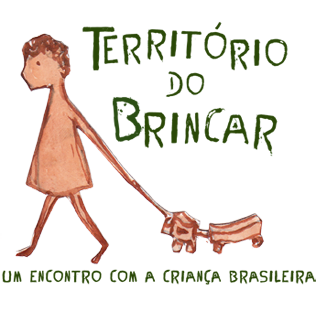
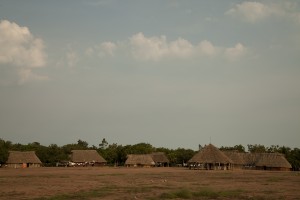
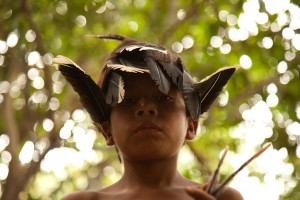
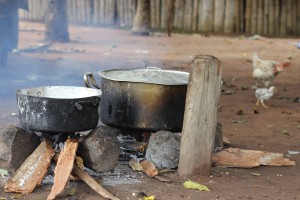
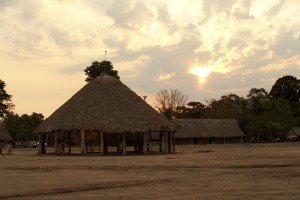
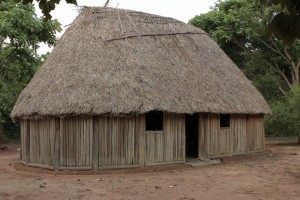


Leave a Reply